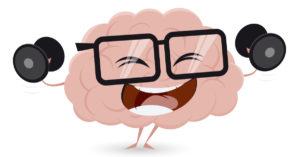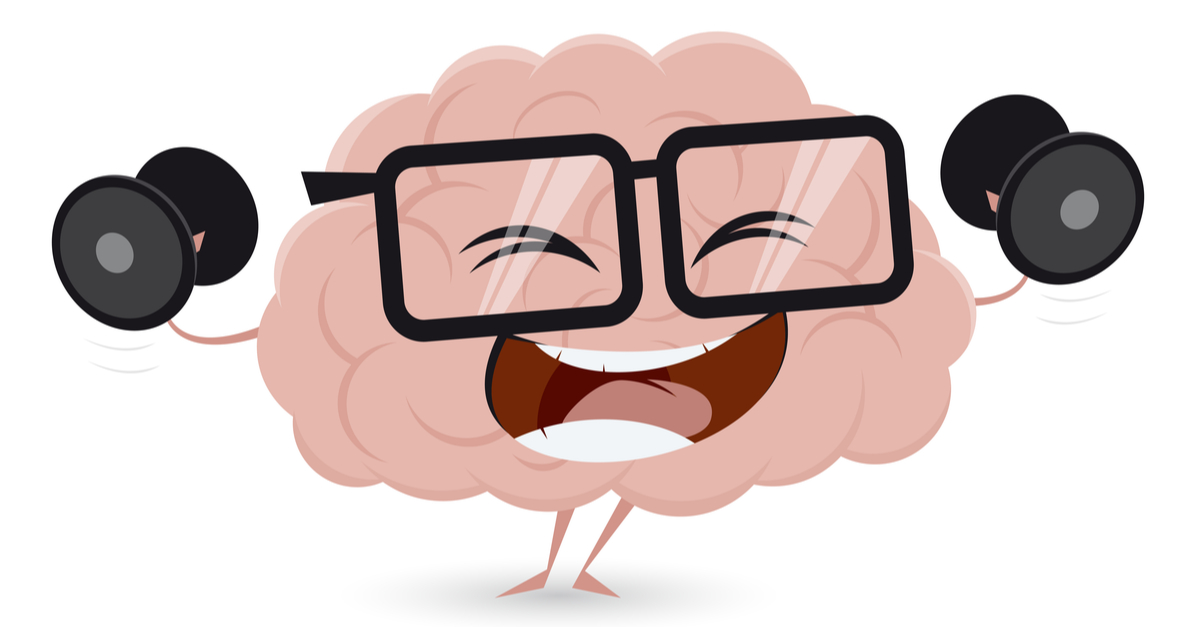
As a primary or adjunctive approach, Healing Wings therapeutic services may utilize Theraplay as an effective therapeutic intervention to help children and families heal.
What is Theraplay®?
The source of the following information is the Theraplay.org website.
Theraplay is a child and family therapy for building and enhancing attachment, self-esteem, trust in others, and joyful engagement. It is based on the natural patterns of playful, healthy interaction between parent and child. It is personal, physical, and fun. Theraplay interactions focus on four essential qualities found in parent-child relationships: Structure, Engagement, Nurture, and Challenge. Theraplay sessions create an active, emotional connection between the child and parent or caregiver, resulting in a changed view of the self as worthy and lovable and of relationships as positive and rewarding.
In treatment, the Theraplay therapist guides the parent and child through playful, fun games, developmentally challenging activities, and tender, nurturing activities. The very act of engaging each other in this way helps the parent regulate the child’s behavior and communicate love, joy, and safety to the child. It helps the child feel secure, cared for, connected and worthy.
How Does Theraplay® Work?
Theraplay can improve your child’s behavior in unique ways. Using the therapeutic benefits of joyful play and sensitive caregiving, Theraplay focuses on strengthening your relationship with your child. It works to enhance your sense of connection and mutual understanding so that your child no longer needs to resort to problem behaviors. As the most important people in a child’s life, caregivers are actively involved in sessions. You and your child will experience delight and enjoyment in each other, and your child will become more responsive to you.
Your relationship with each other is the most powerful and most influential element for change. Although some problems can reside for the most part in your child (sensory issues, developmental issues and trauma, for example), how you respond to any problems your child is exhibiting can make a huge difference. In Theraplay sessions, we help your child experience interactions that have previously been hard or troublesome in new ways. This helps her learn that relationships can be positive and even fun and that you understand her needs. This will help her be more cooperative with and responsive to you and others.
Who Can Benefit from Theraplay®?
At any age, children who are withdrawn, passive, or depressed, children who are overactive or aggressive, children on the autism spectrum, and those who are afraid of relating or attaching because of adoption, losses, or trauma can be helped by Theraplay. Theraplay is an especially effective treatment for young children — even for those under three years of age — because it is play-based rather than language-based. The active playfulness of Theraplay often engages children who have not responded to more traditional therapy approaches or who are oppositional. Theraplay’s appealing activities help these children “buy into” the therapeutic process and brings about change without the need for the child to talk about or express problems.
Is Theraplay® an Evidence-Based Treatment?
Theraplay has been accepted by the U.S. Substance Abuse and Mental Health Services Administration (SAMHSA) for inclusion on the National Registry for Evidence-based Programs and Practices.
Theraplay was developed over 50 years ago. The book used to train clinicians to do Theraplay is in its third edition and has been translated into six languages. Theraplay is used all over the world. There is formal research documenting Theraplay’s effectiveness and Theraplay is listed on the National Registry for Evidence-Based Programs and Practices. Studies have shown that Theraplay works with shy and withdrawn children, improves relating in children on the autism spectrum, improves parent-child interaction and the emotional availability of parents to their children, and can even increase self-esteem in adults.
In addition to having research behind it, Theraplay involves qualities and types of interactions that are well-known and well-researched to be crucial in building self-esteem, a healthy body image, emotional regulation (being able to manage the ups and downs of emotions without going too “up” or too “down”), emotional connection with others, and trust in parents or caregivers. When these capacities are nurtured and developed, behavioral problems often significantly diminish and can also disappear.
What Will I Learn in Theraplay®?
- To understand your child’s feelings and behaviors—why he is behaving the way he is.
- To respond to troublesome behaviors in ways that will support self-esteem while, at the same time, decrease your child’s need for the behaviors.
- How to circumvent and other times address head-on your child’s difficult behaviors in ways that further the parent-child bond and build your child’s self-control, feeling of competence, and sense of continued connection with you. We want your child to see you – and for you to see yourself – as a strong, dependable, and caring parent who can manage your child’s struggles and challenges.
- How to reconnect with your child (repair) after the inevitable disappointments your child presents to you, and bring him quickly back to a place of well-being with you.
- To create pleasurable moments of connection and fun with your child that will bring you shared joy and strengthen your relationship.
- You will learn these things by doing them in the Theraplay sessions with your child with the continual support of your therapist. In Theraplay, we don’t just talk about being different with your child, we actually do things differently with your child in the session. This will give you a hands-on, totally supported experience of improving interactions with your child.
What Will My Child Learn in Theraplay®?
- Your child will learn to see you as strong, wise, and skillful in helping her out of distressful moments and into better behaviors.
- Your child will feel closer to you and your influence will grow.
- In response to your new skills, your child will feel more competent and confident.
- She will feel calmer, less anxious, angry, frightened, or timid.
- Your child will get along better with other authority figures and with peers and siblings.
- She will not have to resort to problematic behaviors to get his needs met
Children who have suffered separation, loss, abuse or neglect will learn:
- He can trust you to take care of him.
- He can rely on you to meet his needs for nurturing and comfort
- To accept appropriate structure, limits, rules.
- Your child will increasingly enjoy engaging with you.
- He will feel worthy of care, counteracting his negative experiences.
Children with developmental/communication issues will learn:
- That interacting with others is fun and pleasurable.
- How to read social cues and others’ feelings.
- The rhythm and give-and-take of social relationships.
What Is a Typical Theraplay® Treatment Session? A Theraplay session usually lasts 40-50 minutes. The room has mats, cushions and a couch. In a typical session, the therapist will invite you and your child into the Theraplay room in a fun way, such as hopping on one foot, and lead you and your child to a special seat that the therapist has prepared. The therapist will lead the child through a series of simple, fun games and activities, while helping the child be successful and competent. If the child resists the activities, the therapist will find responses that get the child back on track while still maintaining a positive connection with the child. In addition to playful, physical games, the therapist will also initiate quiet activities to nurture your child. Depending on the stage of therapy (parent involvement increases as therapy progresses), the therapist will ask you to play the games in order to facilitate the connection with you and build your skills at responding to your child’s needs. At the end of the session, the therapist may ask you to play some of the games at home. Typically every fourth session is a parent-only session, where you and the therapist will talk about progress and how to address any behavior problems at home.
Reference:https://theraplay.org/index.php/what-is-theraplay-parents/17-faq-what-is-theraplay/166-what-is-a-typical-theraplay-treatment-session










